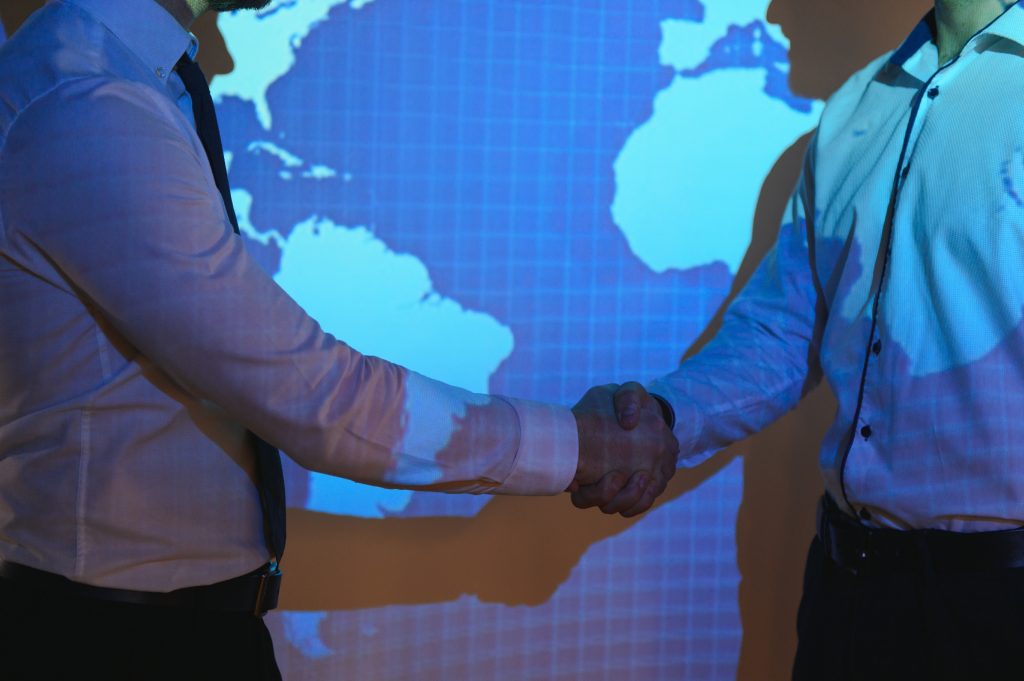While John Lewis made it into eight place, the BBC found itself ranked 19th. And Ian Kirk, partner at Prophet, claimed it wasA wake-up call for British business to achieve relevance. “We’ve realised that customers don’t care for traditional brands in major British sectors such as finance, media and telcos,” he said. “If these brands don’t take action now to become more relevant to customers, others will. After all, these are exciting, and perhaps dangerous, times for brands in the UK.
So what made the other companies on the index so successful?Apple, Google and Amazon topped the ranking but having been dissected aplenty, we hopped further down the top ten list to find out how other?brands achieve relevance. Here’s a hint: it’s all about understanding your audience.
(1) PlayStation A new audience each generation
Console providers have been locked in a battle for survival this includes PlayStation. But let’s say the company has how to achieve relevance down pat, having gone from PS1 to PS4. By far the best explanation of how it plans to stay currentcomes from Shuhei Yoshida, president of Sony’s Worldwide Studios.
Speaking at 2015’s Eurogamer event, he referenced industry analyst Michael Pachter, who claimed sales for consoles would drop after this generation. Of this, Yoshida said: I feel we ve been fighting against obsolesce. Even when PS4 is doing well, you might look at the salesAnd claim we may be just selling to the same people faster. That’s a sad view of things, but it could be the case. We have to continue to work hard to really bring back people who used to play console games before PS2 era, or find new people to provide great experiences. We re hoping in the future people will?pick up PlayStation VR and PS4 not only for the games, but for entertainment usage.
Essentially, it sums up the core of what makes PlayStation so successful. It doesn’t only seek to lure previous gamers back to the market, it also attempts to grab a different kind of gaming audience each generation.
(2) Netflix Moving into the original content market
To date, Netflix’s offerings have been geared towards the adult audience. Of course, it’s worked wonders, with Netflix truly knowing which content will please that particular age group. This ability has opened up new doors for the firm, aka moving into the original content market.
This healthy does of innovative thinking has also led Netflix to remain relevant in another space: the ever-increasing need teenagers have to consume media and literature. And while Childwise research claimed young people spending more time online than watching TV marked a “landscape change”, Netflix proved to be the most popular “channel” choice.
This was seen through its release of Stranger Things one of its few teenage offerings. Some 8,2m people were said to have watched it in its first 16 days. This puts it ahead of Netflix’s original season one shows think Daredevil, Jessica Jones, House of Cards and Narcos all except Fuller House, according to ratings tracker SymphonyAM. That’s well spotted, even if it was coincidental. By constantly innovating you’ll eventually land on something that truly sets you apart and resonates with your consumers.
(3) Spotify achieve relevance by bringing on the nifty tech offerings
That leads us straight to Spotify. In 2015, the firm announced how it planned to achieve relevance in the future amid increased competition from the likes of YouTube, Snapchat and Apple. This exact speech showed the world howit understood its audience.
Innovation was on the cards, starting with what CEO Daniel Ek named a “new Spotify experience”. It tuned into the time of day and the weather forecast to deliver drop-down playlists such as “wake up happy” and “songs to sing in the shower”.
“The more you use it, Spotify is going to remember what you did and and reflect it back to you,” Ek explained who doesn’t love it when your music player offers up a new song it thinks you might like ?He also tapped into the biggest segment of music listeners runners. Spotify Runningisn’t only a series of playlists, but a tempo detector that uses a smartphone’s sensors to detect a runner’s pace and to play a song at that particular bpm.
The company has successfully used technology to increase its link with a certain target audience. But more importantly, it acknowledged that its audience was far larger than merely “those who liked music” and sought to cater to it.
(4) Disney make moments
This gem of understanding was brought to us by Forbes. One Allen Adamson wrote an articleAbout how Tom Boyles,’senior vice president of global customer managed relationships at Disney Parks and Resorts,?unveiled the firm’s plan to achieve relevance in its parks. The symposium Boyles spoke at may have been in 2014, but the advice Adamson gleaned from him still remains relevant today.
“Disney’s core promise, the idea on which it was launched, hasn’t changed since Walt Disney made clear that it was to create happiness through magical experiences,” said Adamson. “As Boyles told his audience, ‘Disney Parks and Resorts exist to make magical experiences come alive.’ It was what he said next, though, that was the key to this on-going success story. ‘A good part of doing this is knowing your guest well enough to be relevant to them. In 2010, we set the goal to be relevant to every guest, every day, every time they interacted with our brand. We wanted to stay the most trusted provider in the space.’
“As Boyles went on to explain, understanding what is relevant to a guest can only be achieved if you?listen to these guests. That’s why, among the first things the Disney organisation did to meet its goal was to make the switch from what is commonly known as customer relationship management, to customer managed relationships. It put into place initiatives that?put the guests in control?of telling Disney what was important in a Disney experience. Doing so made it possible for the company to create solutions that would enable guests to optimise their personal Disney experience across multiple points of touch.”
Image: Shutterstock




















































































































































